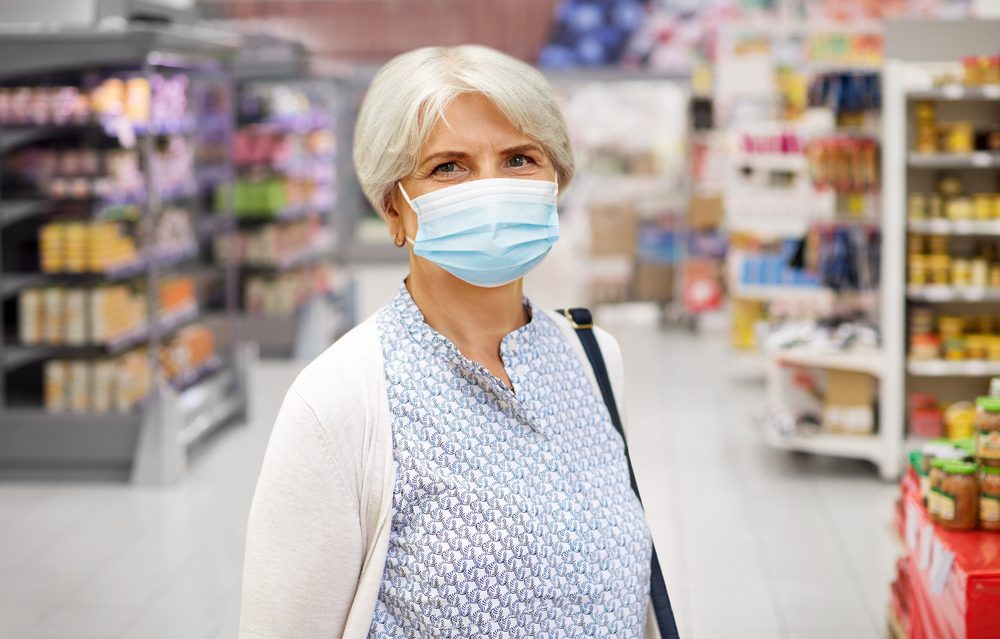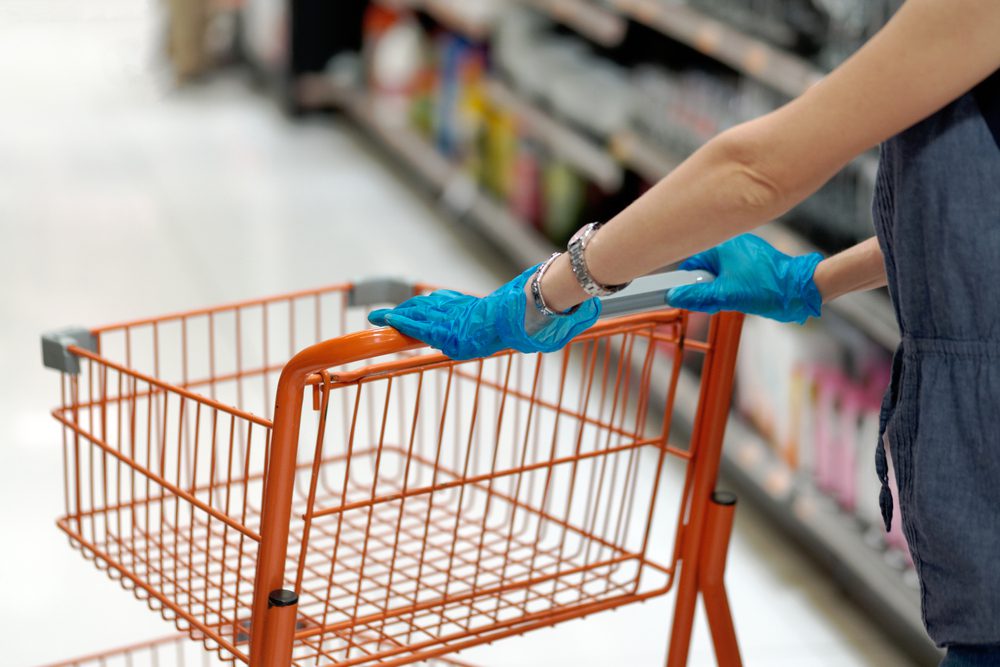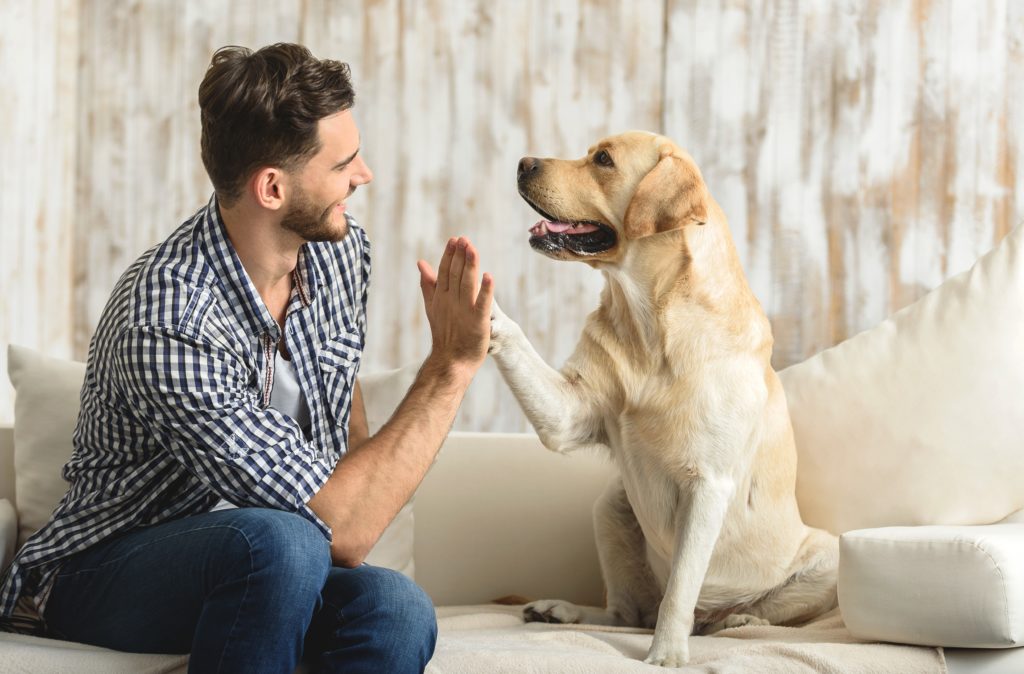
Amidst the coronavirus crisis, we’ve all been taking extra protection measures to make sure we stay safe and healthy. We’re working from home, practicing social distancing by the book, wearing face masks whenever we go outside etc. But some of the things we are doing might be unknowingly exposing ourselves to the new coronavirus instead of keeping us safe!
Read on to find out what can make you more vulnerable to COVID-19 rather than protecting you from a potential exposure.
You’re using food delivery utensils
Given all the lockdown and shelter-in-place measures, people have been opting for home cooking and food delivery instead of dining out. But just how safe is it to get delivery? According to the CDC “currently, there is no evidence to support the transmission of COVID-19 associated with food.” However, the utensils that come with it are a whole different story.
“Food delivery has been deemed generally safe under the current pandemic,” says Kevin Geick, a technician at the biohazard cleanup company Bio Recovery. “But while the food may be prepared in a safe manner, utensils tend to be out in an open area, potentially being exposed to coronavirus particles.”

You’re wearing gloves
Gloves can prevent you from directly touching contaminated surfaces. But just as you should wash your hands constantly, you should sanitize your gloves just as regularly. Otherwise, they become carriers of the virus and jeopardize your health instead of protecting it.
“Gloves can give a false sense of security,” says South Carolina-based dentist Bill Cranford, DMD, MAGD. “They only work if you wash your hands and stop from touching your face and remember that gloves are no longer safe after they have touched something that is not sterile.”
You’re picking up something you dropped
According to health experts, the coronavirus can linger in the air for at least 30 minutes, reach up to 4.5 meters and survive on surfaces exposed to the droplets released by an infected person. Like the ground. If you dropped something on the ground and pick it up without sanitizing it, you could be exposing yourself to the virus.
“The heavier of these respiratory objects tend to fall to the ground,” Geick says. “If you drop something to the ground, pick it up, and do not thoroughly clean it, you can potentially come into contact with the virus.” Read Can Coronavirus Spread 4 Meters? Here’s What New Study Says to find out more about the coronavirus safe distance and latest discoveries.

You’re cuddling your pet
The coronavirus pandemic has kept many people inside their homes, spending much more time than usual with their pets. While it’s still unclear if pets can transmit the novel coronavirus to humans, dogs and cats in contact with infected humans have tested positive for COVID-19. For this reason, the CDC recommends limiting your contact with animals to protect them or other family members from a possible infection. This means no petting, snuggling, being kissed or licked, and sharing food or bedding.
“The first thing many people do after walking into their home, even before washing their hands, is greeting their pets. The virus can be transmitted directly onto the animal, therefore anyone who [makes] contact with the animal can be exposed,” says Geick.
You’re strictly complying with the social distancing rules
Cities all across the country are reopening their parks, beaches and reallowing outdoor events to take place. While outdoor areas are much safer than indoor ones, it doesn’t mean you’re completely protected just by sticking to the six-foot distancing rule. According to new findings, the new coronavirus can spread further than the safe distance initially recommended by authorities. See here how much the coronavirus can spread according to the latest studies!
“At the beach or outside, people tend to lose the understanding of upwind and downwind,” says ear, nose, and throat surgeon Shawn Nasseri, MD. “You can be six feet apart, but with the wind blowing, it is still a risk. People are going to the beach for fresh air, but [with] anything out in the open right now, it makes sense to stay 10 to 15 feet apart because of this.”























